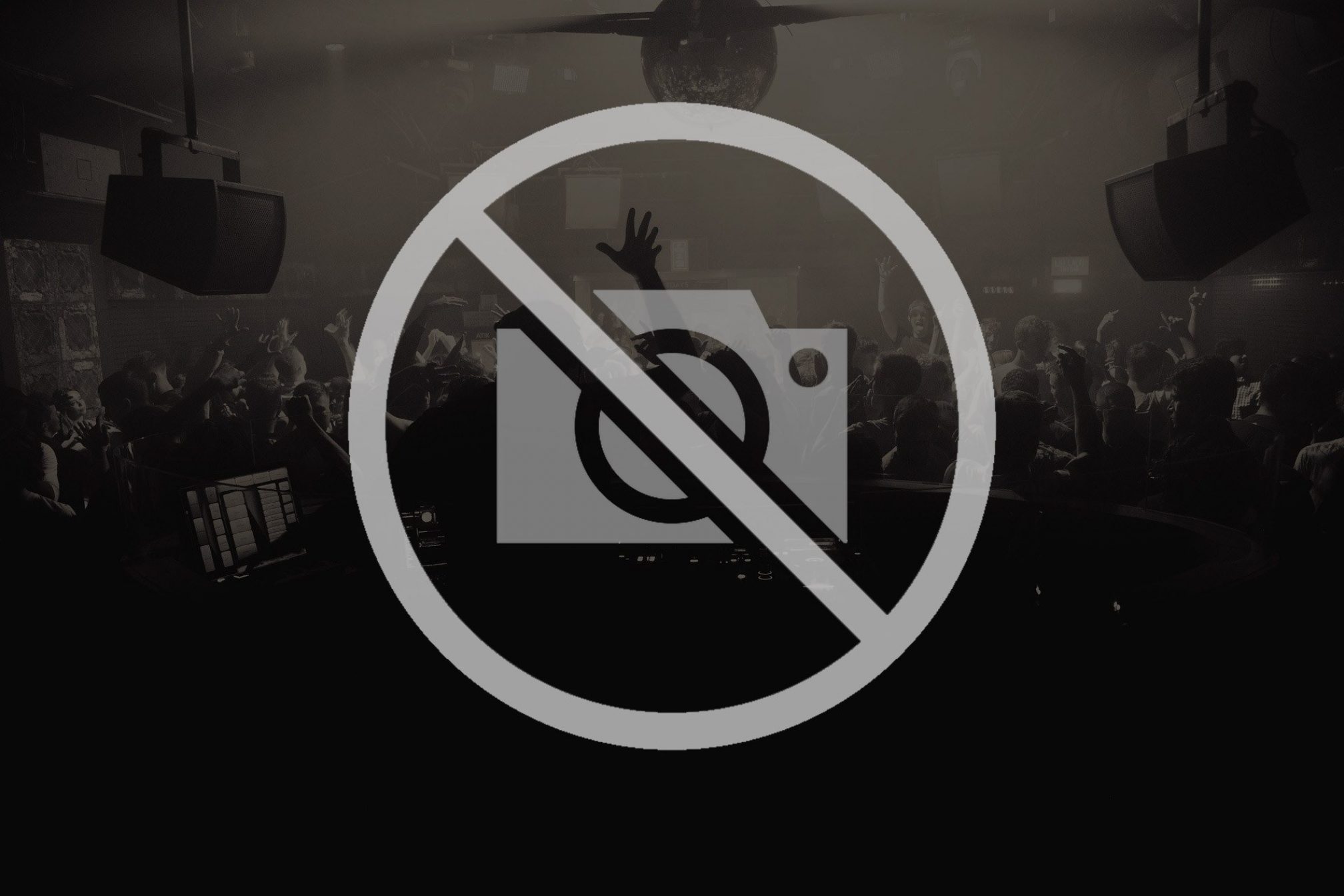 Features
Features
6 clubs that ban dancefloor photography
What happens in the club stays in the club
Now, as club spaces open back up - do we need to take pictures or videos during our night out? can any of us honestly say we weren't dreaming of the "not a phone in sight just living in the moment" ideal in lockdown?.
Does anyone really need to see that blurry video you took of the DJ dropping 'Renegade Master'?.
In a growing number of nightclubs, the choice simply isn't there - with tough no photos/videos policies meaning punters must keep their phones pocketed or risk ejection. The concept of photo bans on the dancefloor is not a new one - with many venues in Berlin adopting the policy from the early '00s, but it's difficult to ignore the new interest in ensuring night spaces are photo and video-free.
Here are six clubs that prohibit photography:
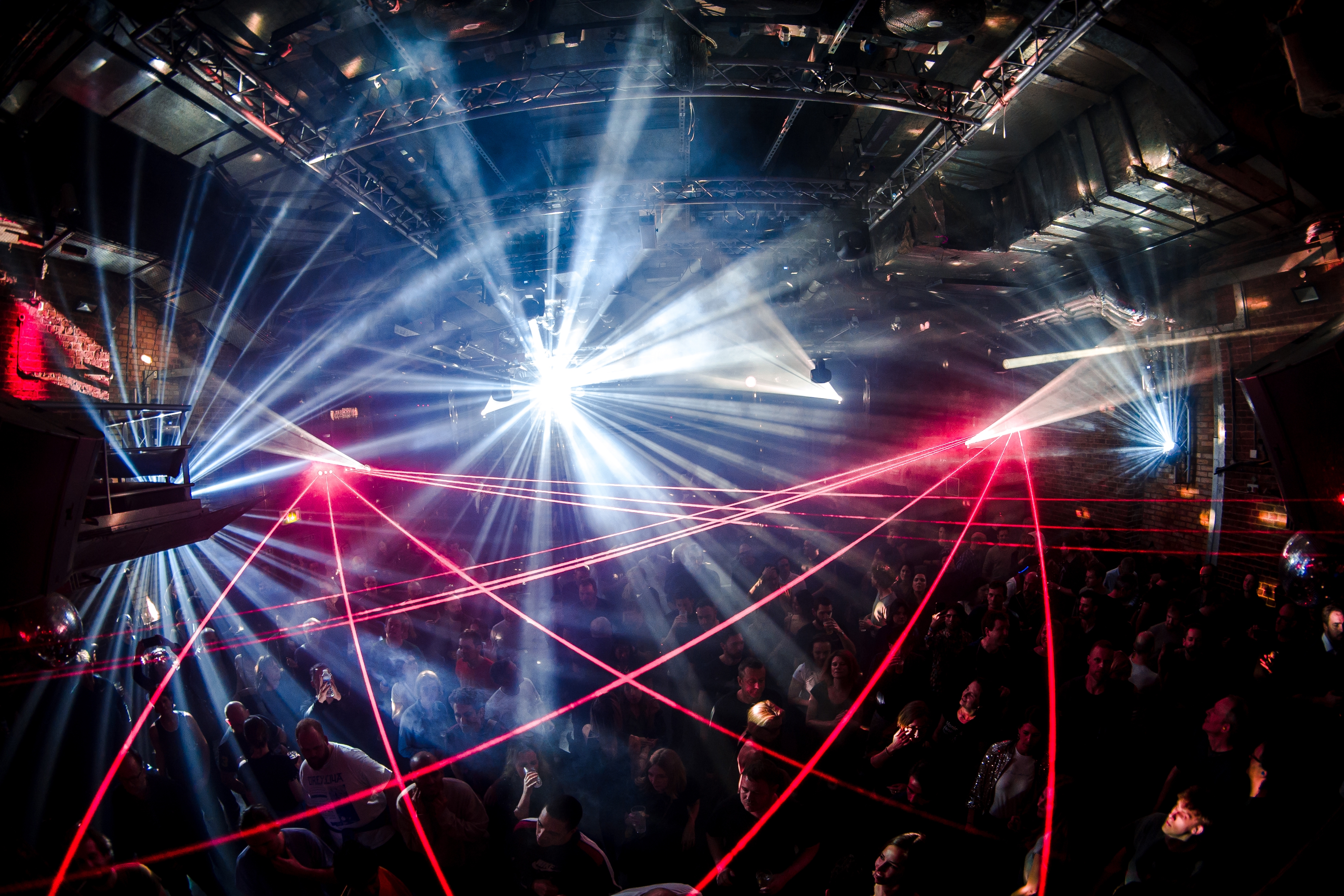
fabric
You'd be forgiven for thinking fabric's ban of video and photography on their dancefloors was a new development. However according to co-founder Cameron Leslie - the London institution has had the rule in place since 1999 and it was "as camera phones proliferated" that it became something they could no longer enforce: "we got a bit lax about it, to be honest." Ahead of their reopening fabric took to their socials to confirm that the rule would be coming back into place, in order to create a feeling of self-expression on their dancefloor - asking crowds to "stay in the moment, put away your phones, enjoy the night."
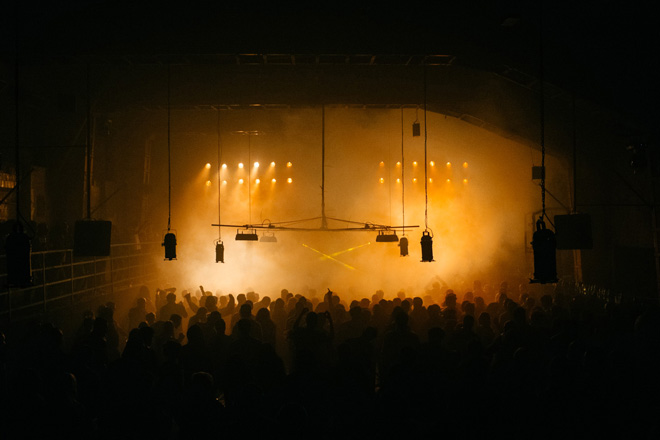
Bassiani
Tbilisi's Bassiani is about as close as you can get to Berlin without being in Berlin, so it only makes sense to have a photography policy to match. The Georgian nightclub has bouncers apply stickers over the cameras on phones to ensure the crowd cannot share what goes on inside its walls - and with good reason. Bassiani has long acted as a haven for the somewhat conservative country's LGBTQI+ community, in particular its secretive Horoom Nights, that partygoers must apply to attend by submitting their passport and Facebook URL for a background check. The venue has been subject to smear campaigns from right-wing groups and police hostility in the past that led to citizens protesting on the streets of Tbilisi for its reopening, much of which goes a long way to explain why the club is cautious about its attendee's privacy.
Read this next: fabric has banned all photography and video on its dancefloors
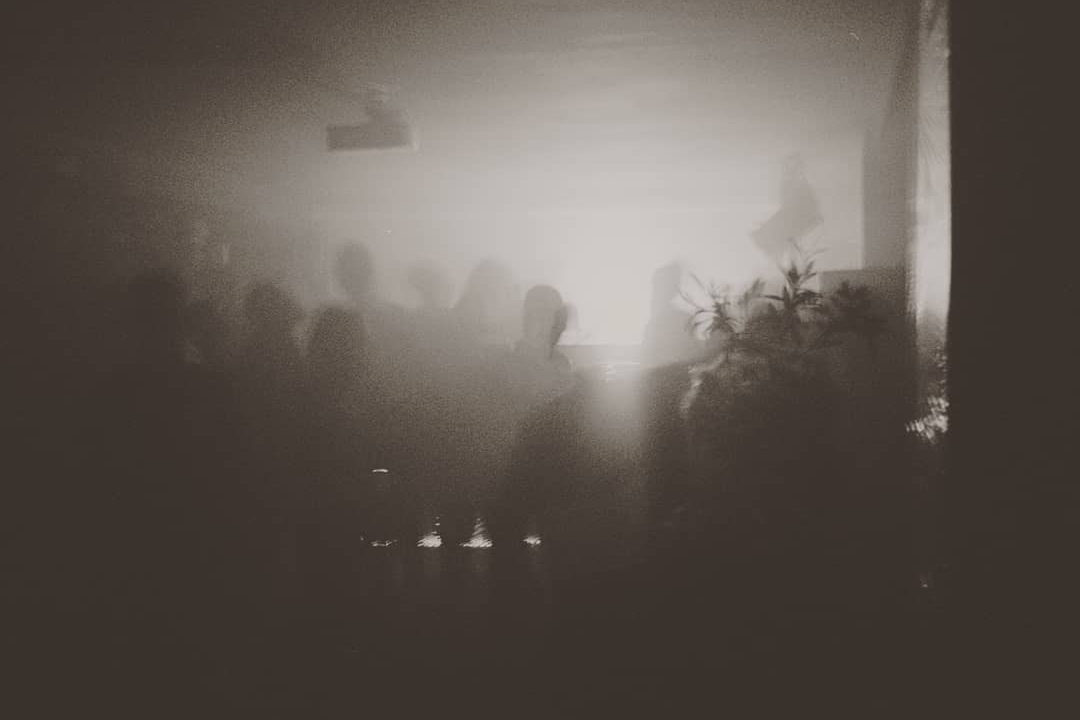
Rost
With a tiny 270 capacity, Glasgow's Rost is one of the more intimate venues on this list. The club opened in March 2019 with the aim of creating a space similar to spots in Berlin's Mitte and Kruezberg, Director Paul Sweeney told Glasgow Live before the pandemic: "We request that people take no photographs and ask them if we can put a sticker on their camera phone before they come in. Everyone is always receptive to that." Rost, which is German for "rust" has walls designed to oxidise over time and has hosted the likes of AISHA, Nightwave, Oceanic and KLEFT.
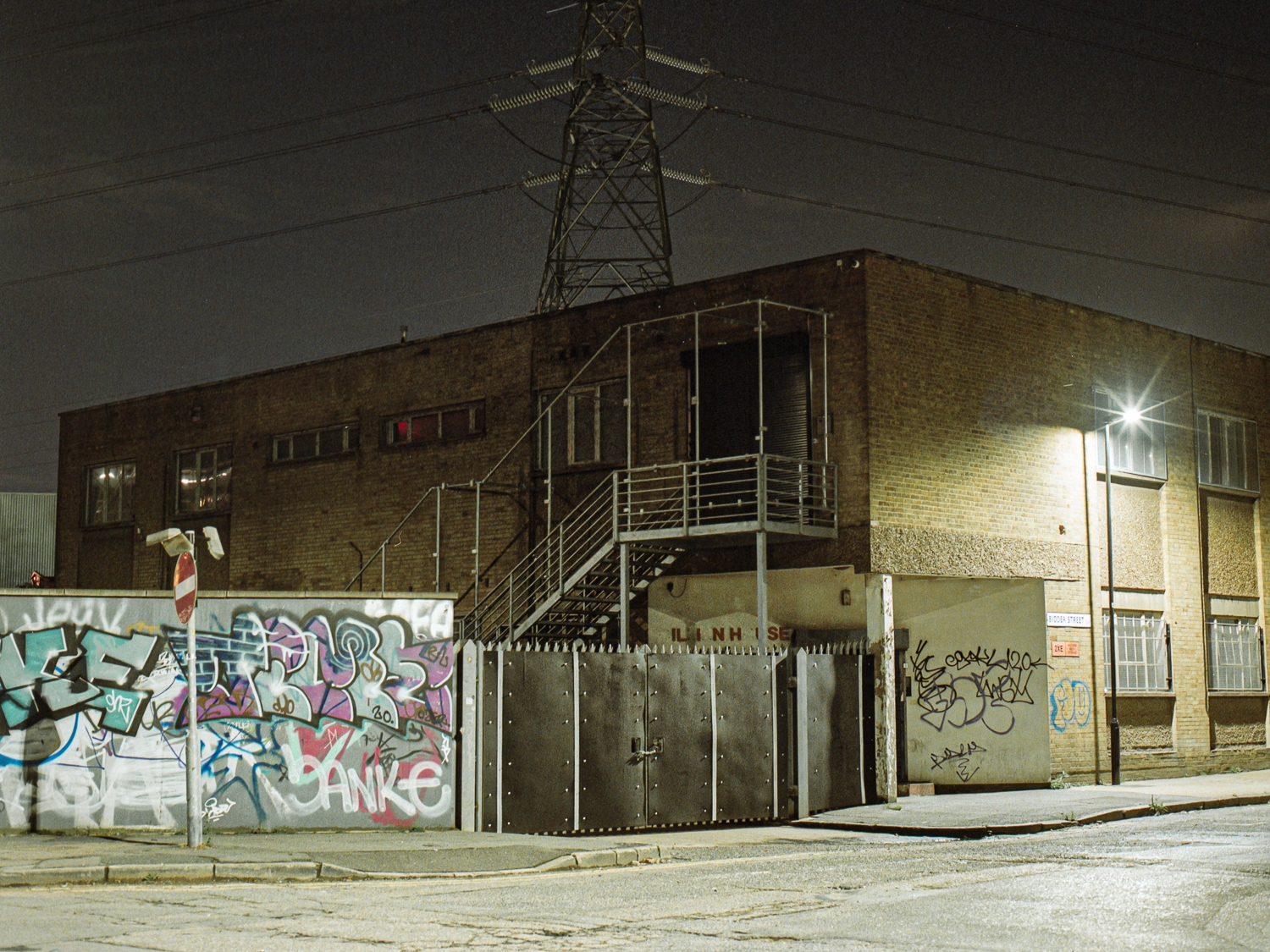
FOLD
The second London venue on this list, FOLD has enacted a no photography or video policy since it opened in August 2018. Located on an industrial estate in East London, FOLD requests anyone entering the club to place a sticker over both their back and front phone cameras. Co-founder Seb Glover told RBMA that the decision to ban photography was partly to "facilitate connection" and that with FOLD being a 24-hour licensed venue, the windows allow light in the morning that "means everyone can circle around the DJ and you can see how other people react" - an effect that would be ruined with phones aloft in front of faces.
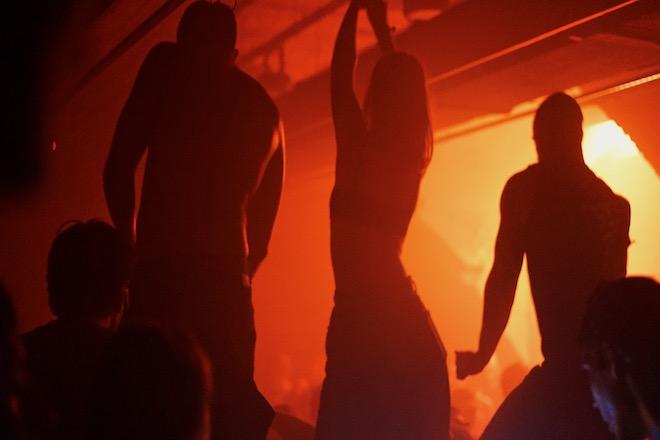
ARSENAL XXII
The recently opened ARSENAL XXII club space in Kyiv, Ukraine has also adopted a no photos policy, with the team behind the venue stating: “We want ARSENAL XXII to become a place where guests will always dance with pleasure, regardless of whether they are familiar with the artist's work or not.”
Read this next: The hard cell: should phones be allowed in clubs
Kyiv's club scene - similarly to Tbilisi has a counter-culture reputation, regularly using raves and parties as a way to protest the sometimes conservative direction of the government. ARSENAL XII is located in a former military factory but has been repurposed into a multi-function event space.
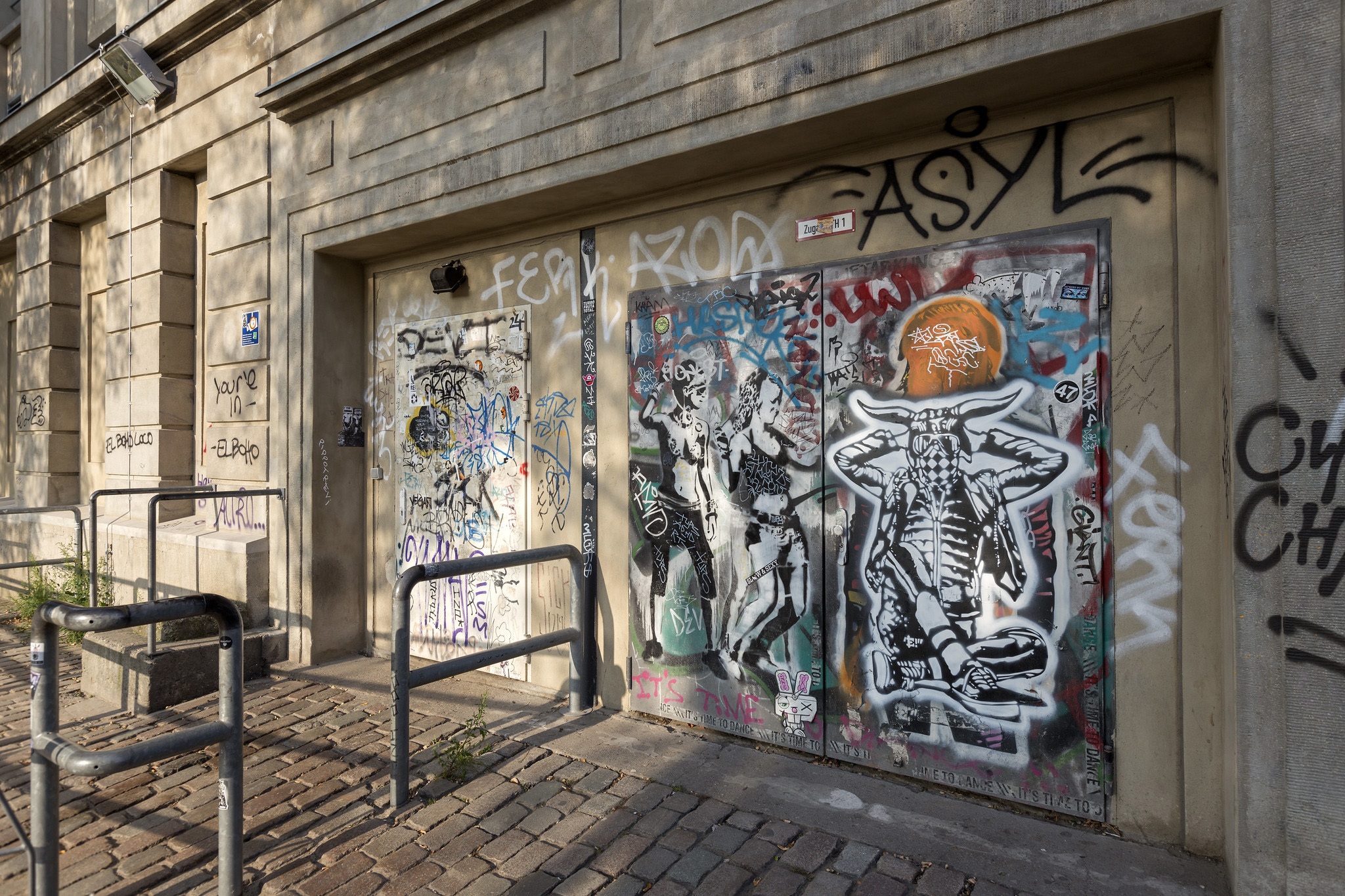
Berghain (and pretty much all the other clubs in Berlin)
The reason you don't know what the packed dancefloor of Berghain looks like? cause only people who've seen it with their own eyes do. Berghain's no-photo policy is almost as famous as the club itself, staff at the former Kreuzberg power plant place stickers over every guest's phone before they can enter, with anyone caught trying to sneak a snap to show pals back home instantly ejected. Berghain rarely allows official photography within the club's walls either, with just a handful of empty club shots available online. The reason? owners Ostgut Ton want to prevent the "buzz-killing indignity of people seeing their own faces after an epic partying session," this is also why keen-eyed Berghain fans won't be able to spot any mirrors inside the club either.
Read this next: This is what raves look like without mobile phones
Though Berghain may be the most famous example, it wasn't the first club to establish this policy - with Tresor, Ufo, Planet and Snax Club all banning snappers much earlier. "No photos on the dancefloor" has become synonymous with Berlin clubbing, so much so that it's actually rarer to find a nightspot in the city that does allow amateur photography past the door. Most chalk this up to maintaining the vibe of the clubs - ensuring partygoers can really let loose knowing what happens on the 'floor remains on the 'floor, others to ensure all attention soley remains on the artists performing and to the party itself.
Megan Townsend is Mixmag's Deputy Digital Editor, follow her on Twitter


